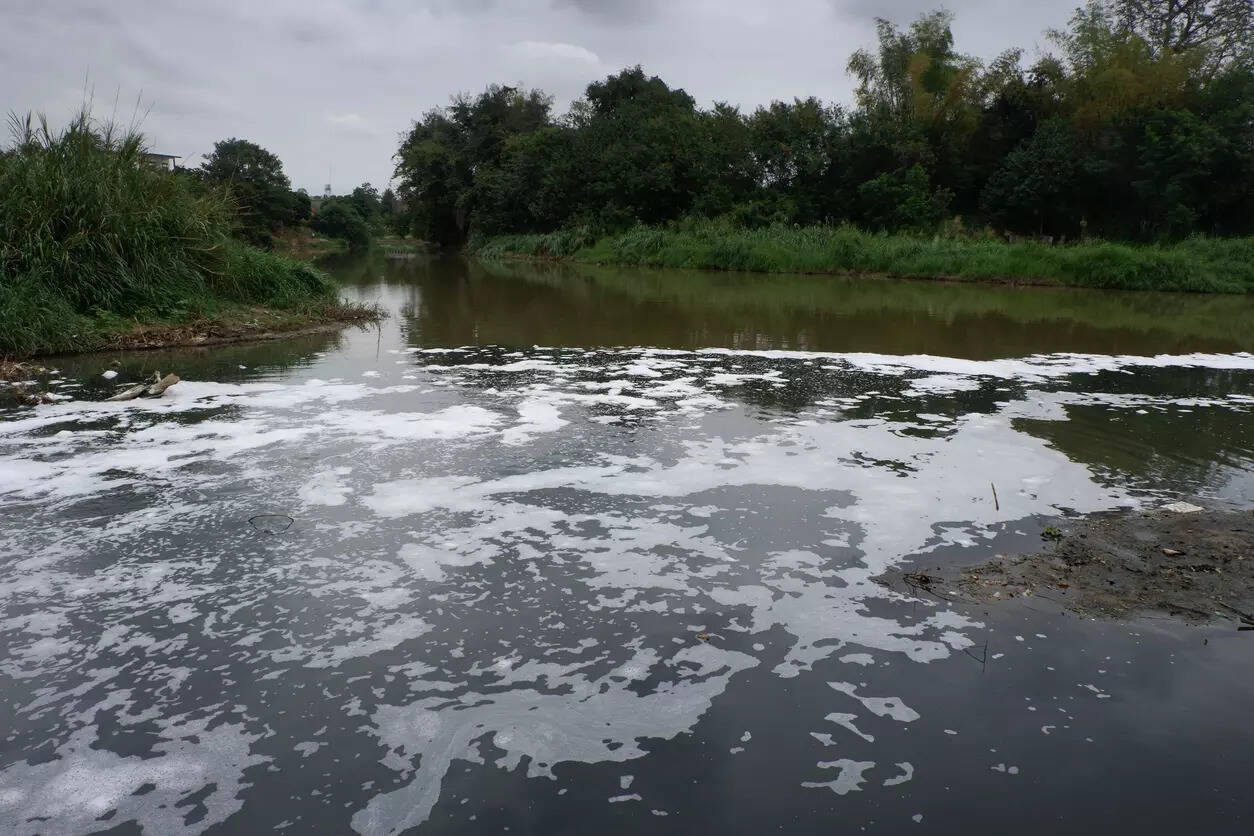
New Delhi: Eighty per cent of total length of India’s rivers could be posing environmental and health risks due to antibiotic pollution, a study has estimated.
Along with India, Nigeria, Ethiopia, Vietnam, and Pakistan are among the countries facing similar risks due to pollution from antibiotics, the research, published in the Proceedings of the National Academy of Sciences (PNAS) Nexus, said.
Researchers from McGill University, Canada, explained that antibiotics — they help fight bacterial diseases — are not completely metabolised while passing through the body, nor completely destroyed or removed by most wastewater treatment facilities.
Potentially 315 million people in India could be exposed to environmental risks arising from rivers contaminated with antibiotics, according to the study, which measured amounts of 21 antibiotics at 877 locations globally.
Findings highlight the need for appropriate wastewater management plans and improving current practices, the team said.
Regulations and guidelines on use of antibiotics also need to be updated, with a particular focus on high-risk substances and locations that pose the greatest risk, they said.
Most high-risk areas were noted to coincide with places where antibiotics are readily available without prescription and are sometimes used preventively.
Previous studies have estimated human consumption of antibiotics to have increased by 65 per cent between 2000 and 2015.
For this study, the researchers analysed the ‘RiverATLAS’ dataset. The global network of RiverATLAS contains 8,477,883 individual river reaches (or segments), representing about 36 million kilometres of the world’s rivers. The dataset is maintained by McGill University.
The team estimated that in a year, people consume around 29,200 tonnes of the 40 most used antibiotics — about a third of the amount enters the world’s rivers and 11 per cent enters oceans and lakes, after metabolism and wastewater treatment.
Further, six million kilometres of rivers around the world could be exposed to antibiotic levels exceeding thresholds that protect ecosystems, with major contributions from amoxicillin, ceftriaxone, and cefixime, the authors said.
Cefixime, which helps treat bronchitis among others, was found to be the substance contributing the most to pollution in rivers in India.
The team also predicted high antibiotic levels in regions already affected by antibiotic resistance, including south and southeast Asia.
“Annual human consumption of the 40 most used antibiotics (29,200 tonnes), 8,500 tonnes (29 per cent) are released into the river system and 3,300 tonnes (11 per cent) reach the world’s oceans or inland sinks,” the authors wrote.